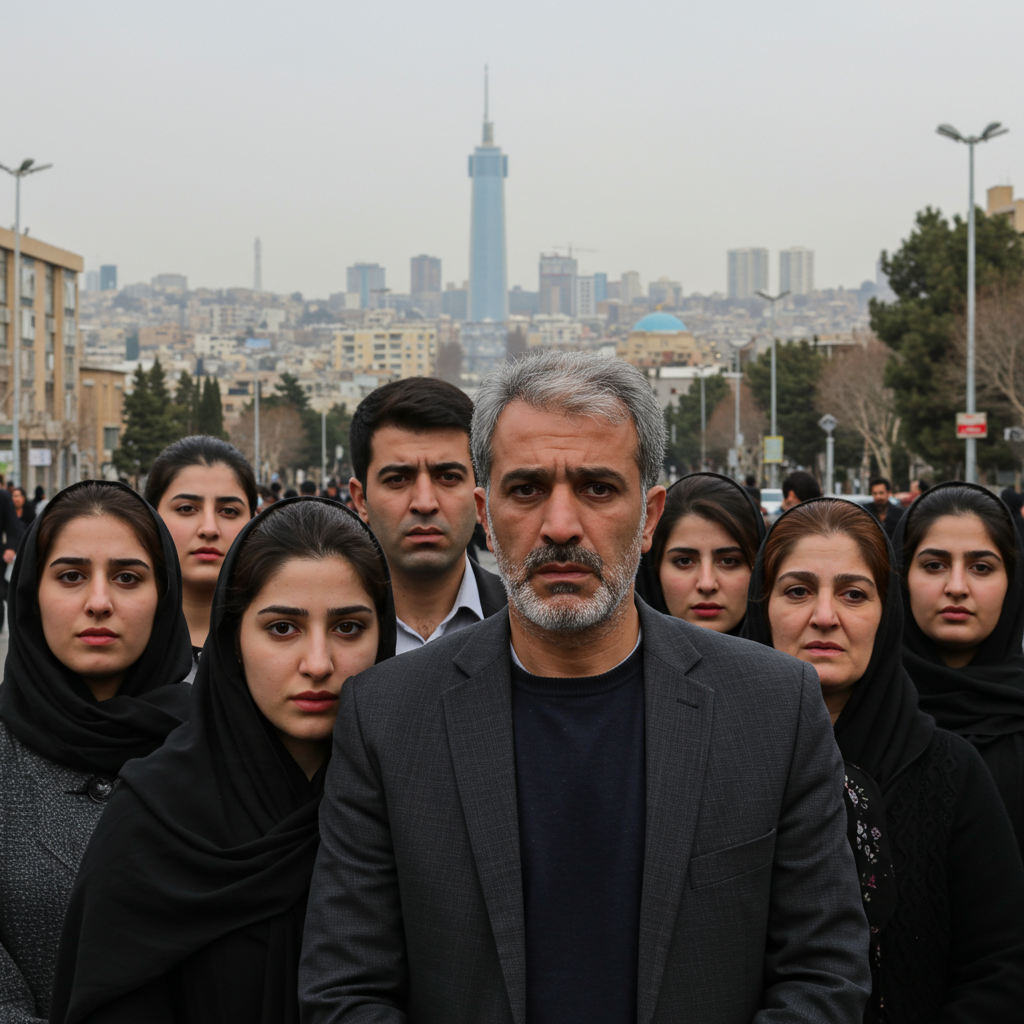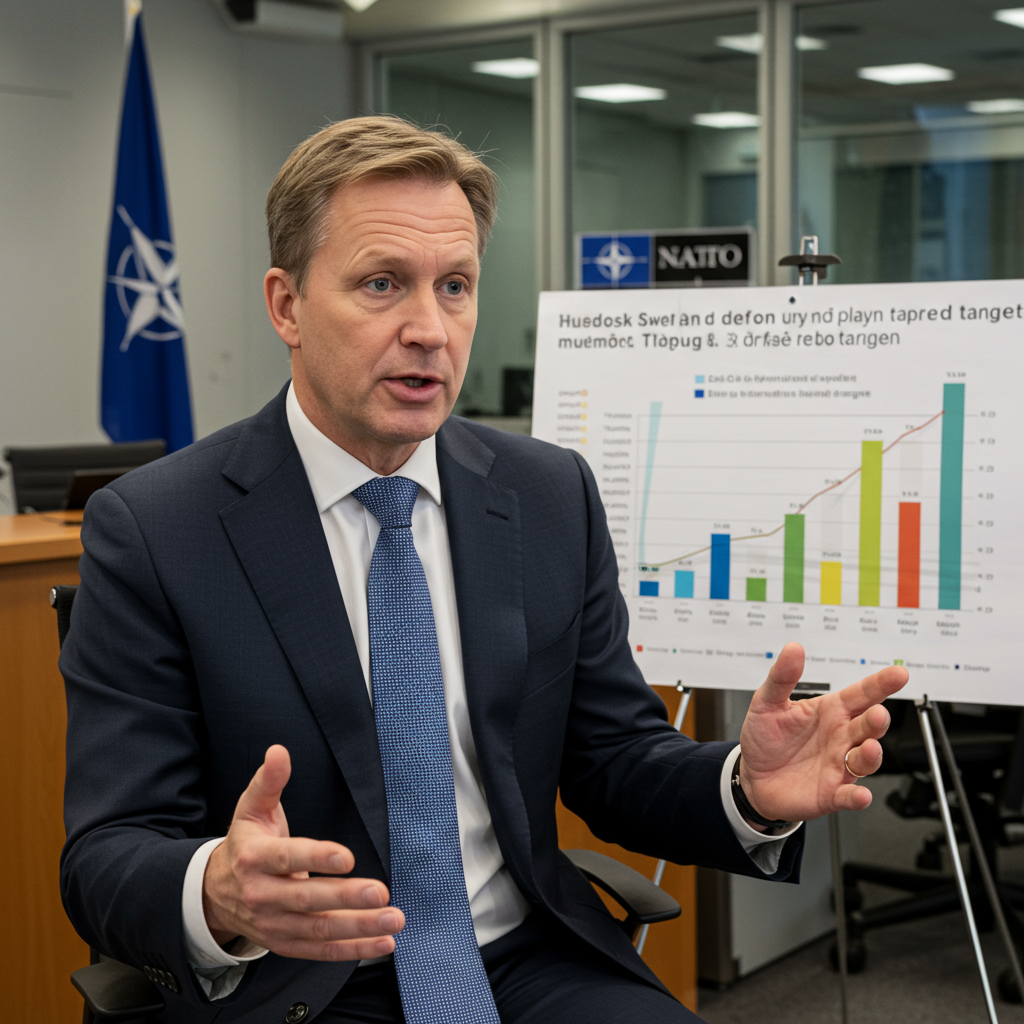Residents who fled Iran’s capital following recent Israeli attacks are gradually making their way back to tehran. However, their return is shadowed by a pervasive sense of fear and uncertainty regarding the future. Many had sought refuge in areas north toward the Caspian Sea or in eastern mountainous regions within the country during the period of intense conflict.
The attacks, which Iran reported began on June 13th, significantly impacted the nation. Israel targeted key nuclear and military installations across Iran. These strikes also tragically resulted in the deaths of several prominent scientists and military leaders. Adding another layer to the conflict, the United States intervened at one point, conducting a strike on Iranian nuclear sites in support of Israel.
Financial Strain Forces Many Back
A primary driver for the increasing number of people returning to Tehran appears to be economic necessity. Many residents discovered they simply could not sustain the costs of hotel stays or other temporary accommodations for an extended period. This financial burden is compelling them to return to the capital, even while anxieties persist.
Evidence of the growing population density is becoming noticeable in daily life. At least one returning resident reported experiencing significant traffic congestion again. This marked the first time they had encountered such delays since the wave of attacks prompted their initial departure from the city.
Tehran’s Scarred Landscape: Damage and Vulnerability
Tehran itself bore the brunt of heavy Israeli air strikes during the conflict. While military facilities were the stated primary targets within the city limits, residential buildings also sustained hits. The attacks highlighted a critical vulnerability for the capital’s population: a limited number of readily available bomb shelters.
Repair work is already underway in various locations across the city to address the destruction. The head of the local housing foundation provided specific figures regarding the damage within Tehran. According to a report by the Tasnim news agency, 332 buildings were damaged in the capital alone. This damage affected approximately 3,500 residential units. The scale of this destruction underscores the impact of the strikes on civilian infrastructure alongside military targets.
The Lingering Shadow of Fear: Potential Retaliation
Despite a ceasefire being in place, a widespread sense of panic and fear characterizes the situation in Iran. The atmosphere in Tehran remains tense, and daily life has not fully returned to normal for many. Reports indicate that numerous residents still keep their suitcases packed, signaling a readiness to flee again should the situation deteriorate.
This persistent fear is fueled by intense speculation surrounding potential Israeli retaliation following Iran’s recent large-scale missile assault on Israel. Analysts and officials are actively debating various scenarios for an Israeli response. These discussions contribute significantly to fears of a wider conflict erupting across the Middle East region.
Possible Israeli targets being considered reportedly include sites producing ballistic missiles like those used in the recent attack. Iranian air defense systems and missile-launching facilities are also mentioned as potential military objectives. Some speculation even points to the possibility of striking Iranian oil production facilities or other strategic economic sites to inflict financial pain.
Risks of Escalation and Regional Tensions
While striking economic targets could hurt Iran’s revenue, this option carries significant risks. It could severely impact the global oil market, potentially provoking Iran to retaliate by attacking oil facilities in neighboring Gulf Arab states, despite their neutrality. Another highly sensitive, though less probable, scenario involves attacks on Iranian nuclear facilities aimed at delaying nuclear weapon development. However, this is seen as extremely risky and could provoke a dramatic response from Iran, including potentially accelerating efforts to build a nuclear weapon. The United States has explicitly stated it would not support such action.
Other potential, less overt, responses discussed include targeted assassinations and utilizing advanced cyber capabilities, as seen in recent actions attributed to Israel in the region. Beyond military action, non-military options like imposing further sanctions on Iran are also on the table. US President Joe Biden has indicated he does not believe an “all-out war” is likely but acknowledges that significant effort is required to prevent escalation. He confirmed the US is discussing retaliation options with Israeli counterparts.
Regional Context: Fear and Recovery Across Conflict Zones
The complex interplay of return, fear, and the challenges of recovery seen in Tehran is mirrored in other parts of the region affected by recent conflicts. Reports from areas like the Gaza Strip highlight the similar mix of immediate relief following a cessation of hostilities and deep-seated fear for the future. Medical professionals in Gaza, for instance, have described the immense relief of a ceasefire after enduring months of overwhelming work under dire conditions with severe shortages.
However, this relief is tempered by the reality of devastated infrastructure. In Gaza, only half of hospitals remain partially operational, and the majority have sustained damage, according to the World Health Organization. Facilities described as “burned and destroyed” require massive efforts and significant time to become functional again. This regional context underscores the profound and lasting impact of conflict on civilian life, infrastructure, and psychological well-being, regardless of location, and highlights the scale of the challenge in rebuilding and restoring normalcy amidst lingering tensions.
Road to Recovery: Repair Efforts Begin
Amidst the persistent fear and the extensive damage, efforts to restore infrastructure in Tehran have commenced. The focus is on repairing the buildings and residential units that were impacted by the strikes. This work is crucial for allowing displaced residents to return to habitable homes and for the city to begin the long process of recovering from the physical damage inflicted during the attacks.
However, the scale of the reported damage – hundreds of buildings and thousands of residential units affected in the capital alone – indicates that a full recovery will be a lengthy and resource-intensive process. The ongoing repair work takes place against the backdrop of uncertain regional stability and the ever-present possibility of renewed conflict.
Frequently Asked Questions
Why are residents returning to Tehran if fear remains high?
Many people who fled Tehran during the attacks are returning primarily due to financial constraints. They found the cost of staying in hotels or alternative accommodations outside the city unsustainable over an extended period. This economic pressure is forcing them to return to their homes despite the persistent anxieties about future security and potential renewed conflict.
What was the extent of the damage in Tehran from the attacks?
Tehran experienced heavy air strikes that targeted both military facilities and residential areas. According to a report citing the head of the local housing foundation, 332 buildings in the capital were damaged, affecting approximately 3,500 residential units. The city also has limited bomb shelters, highlighting its vulnerability during strikes. Repair efforts are currently underway to address this damage.
What is the source of the lingering fear felt by Tehran residents?
The lingering fear in Tehran stems largely from the possibility of further conflict, specifically potential Israeli retaliation following Iran’s recent missile attack. There is widespread speculation about what targets Israel might strike in response, including military sites, economic facilities, or even nuclear sites, which carries significant risks of regional escalation and a wider war. This uncertainty keeps residents on edge.
Conclusion
The situation in Tehran presents a complex picture of a city grappling with the aftermath of conflict while facing an uncertain future. Residents are compelled to return, largely due to financial necessity, yet the memory of the attacks and the palpable threat of potential Israeli retaliation keep fear at the forefront. The physical scars of the strikes are evident in damaged buildings and infrastructure, necessitating extensive repair efforts. As regional tensions remain high, the return to Tehran is not a signal that life has returned to normal, but rather a reflection of difficult choices made under duress, with the shadow of potential future conflict casting a long, unsettling presence over the capital.




